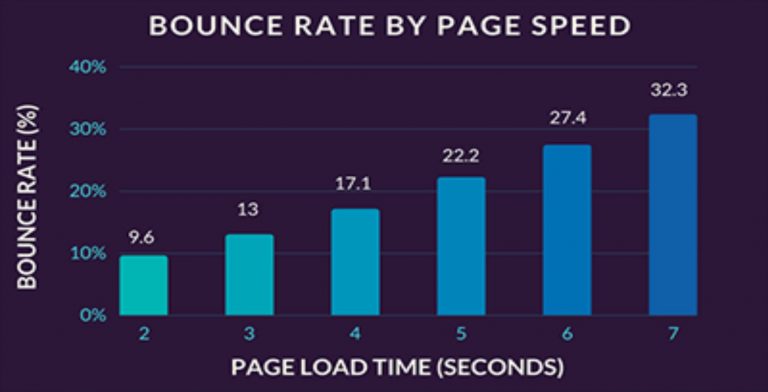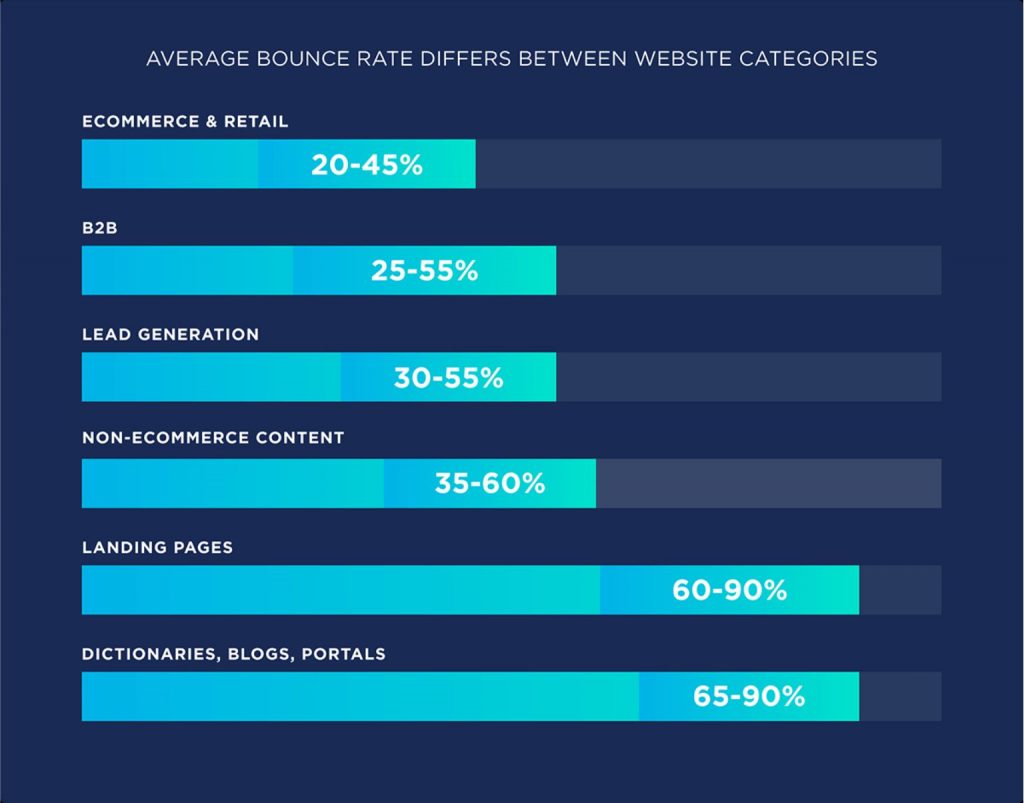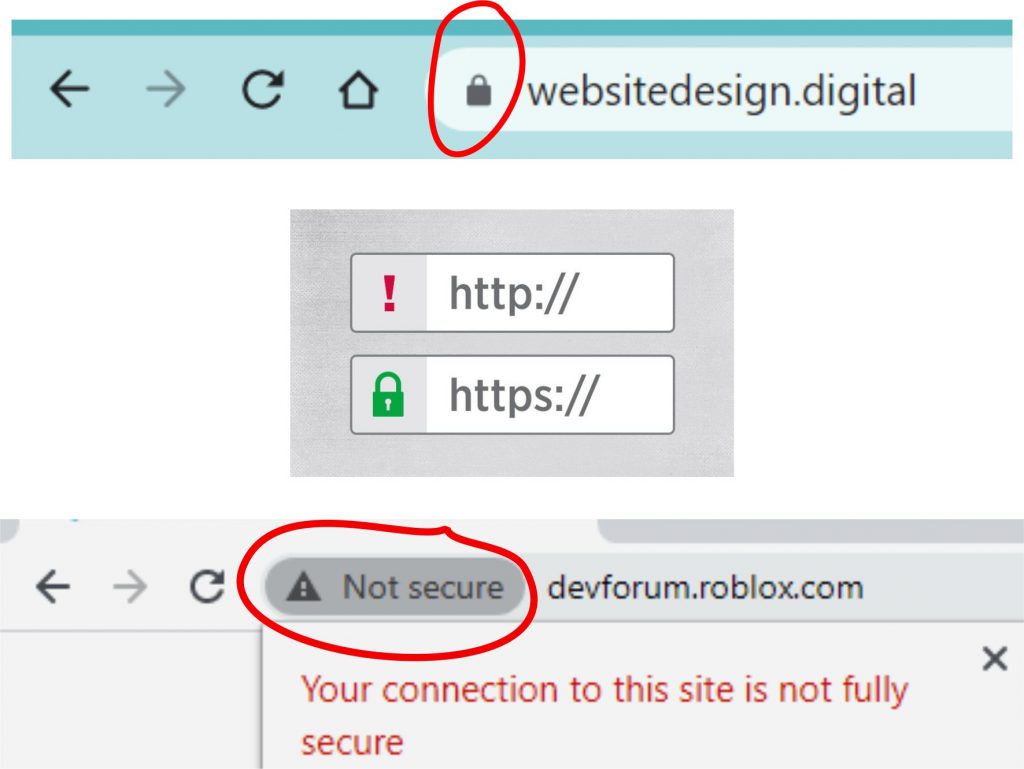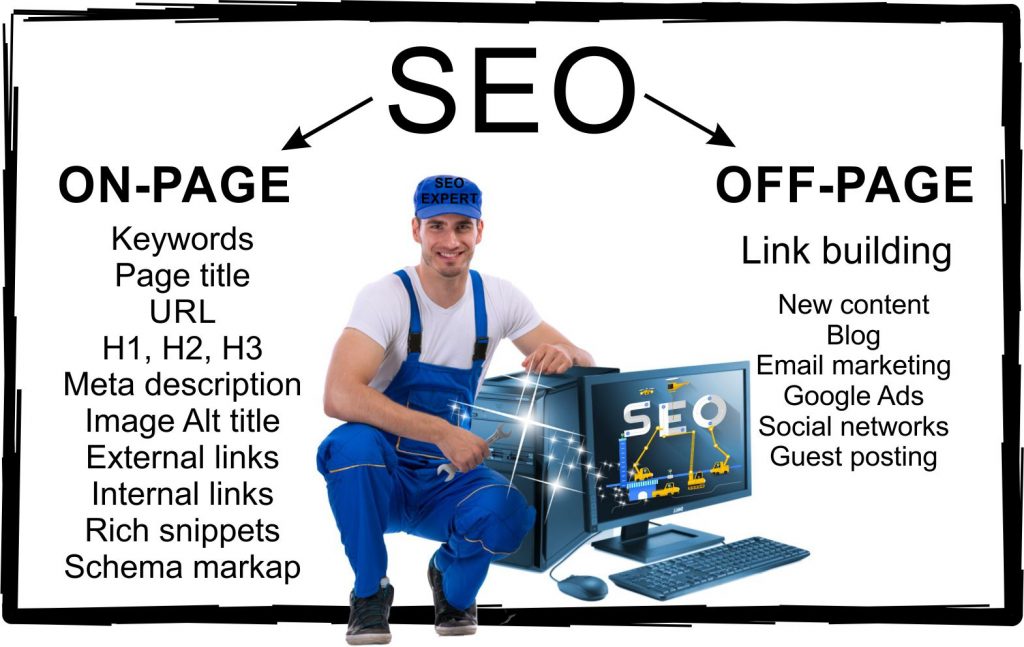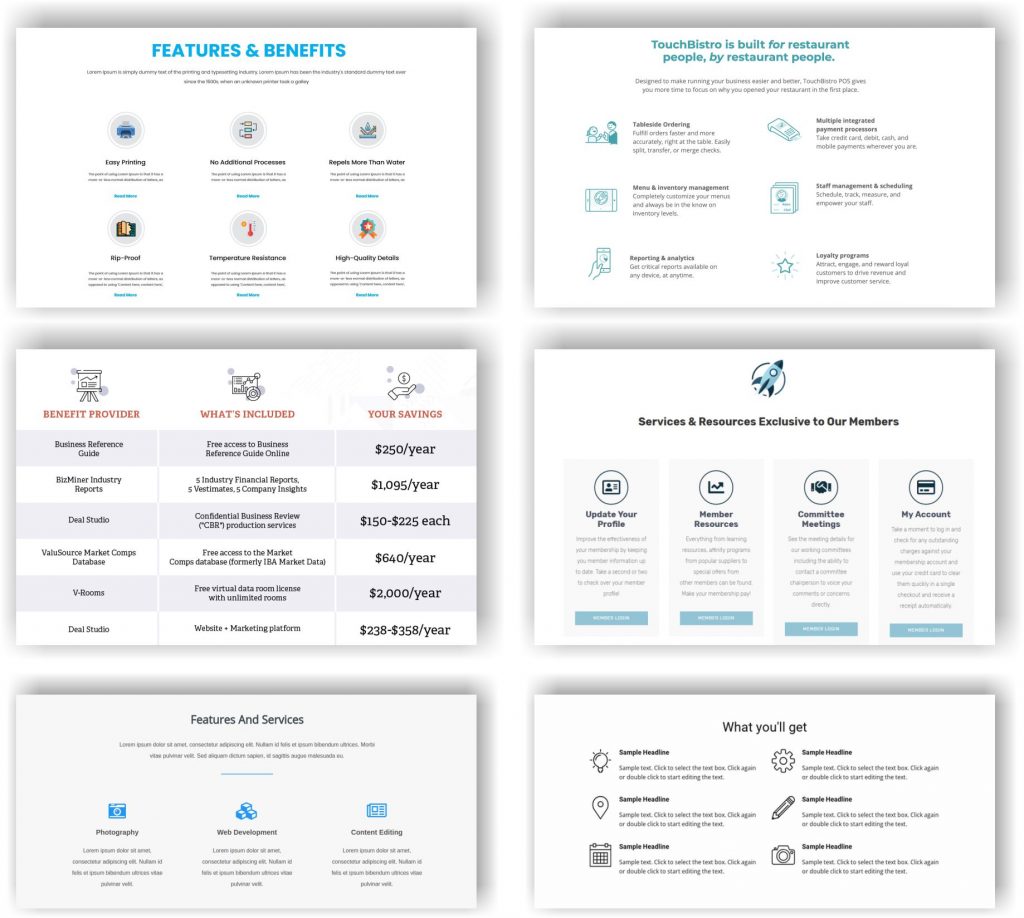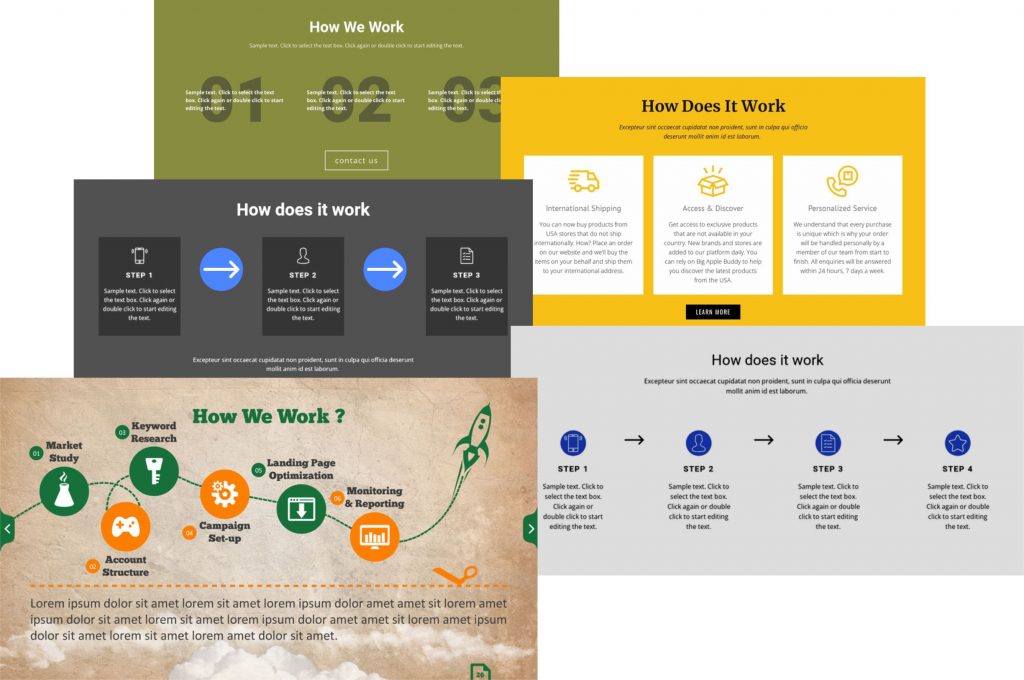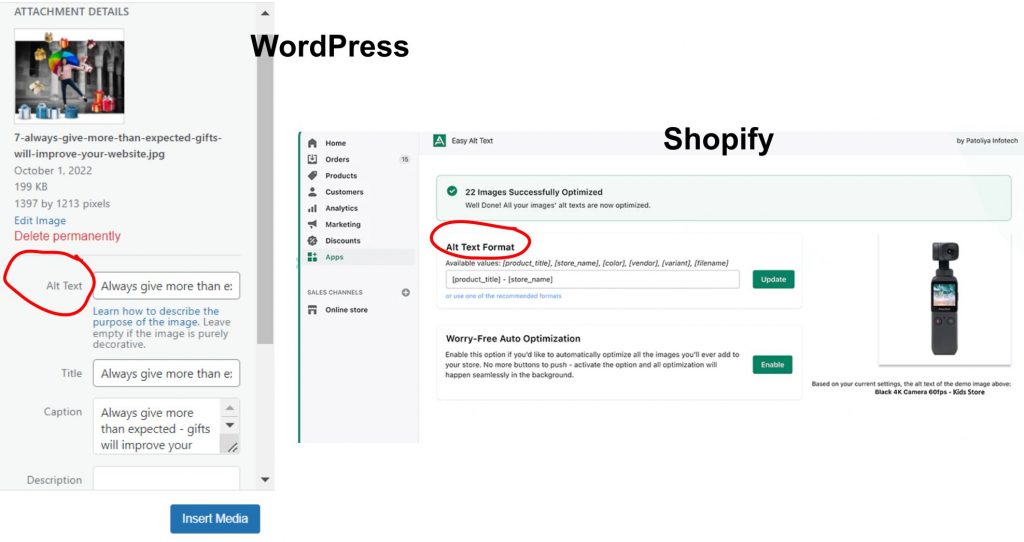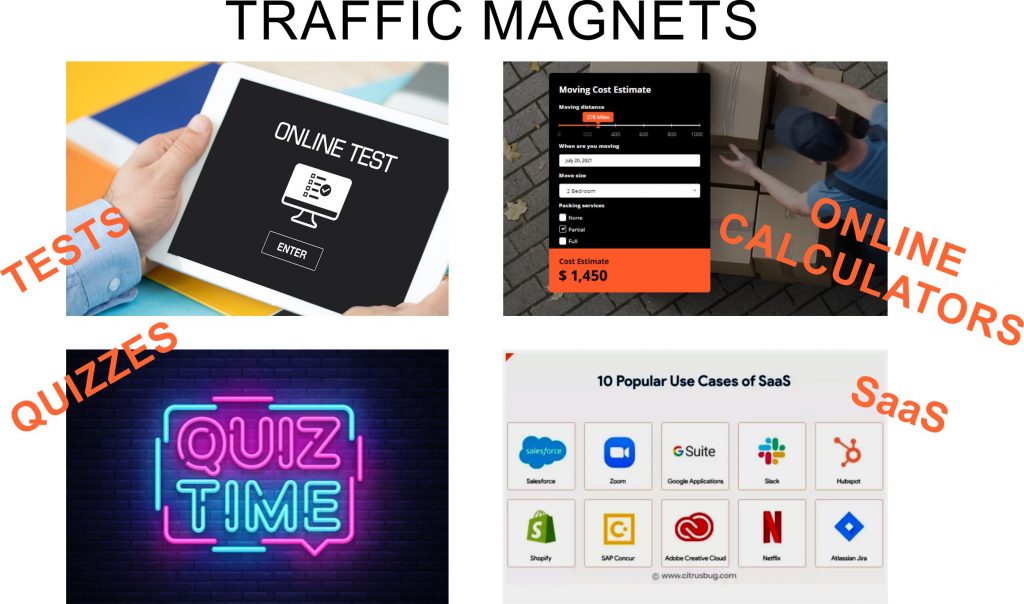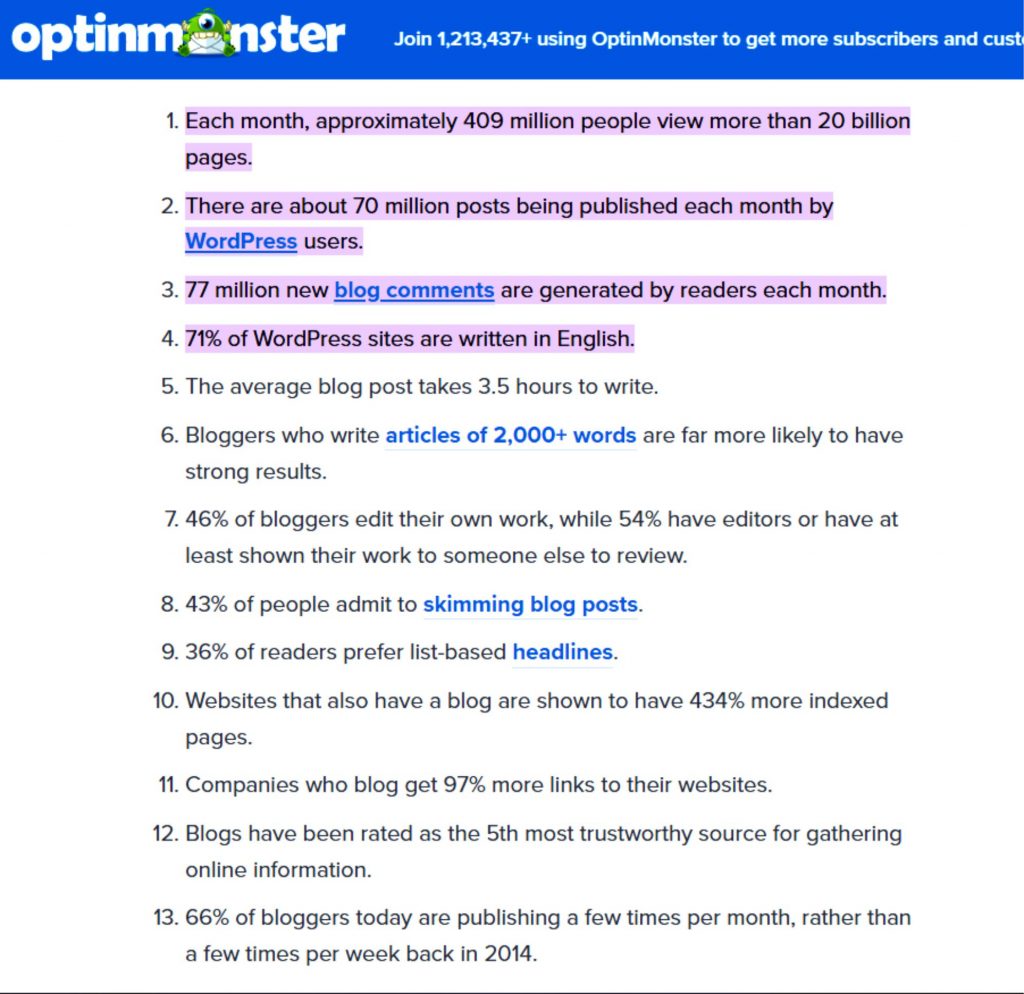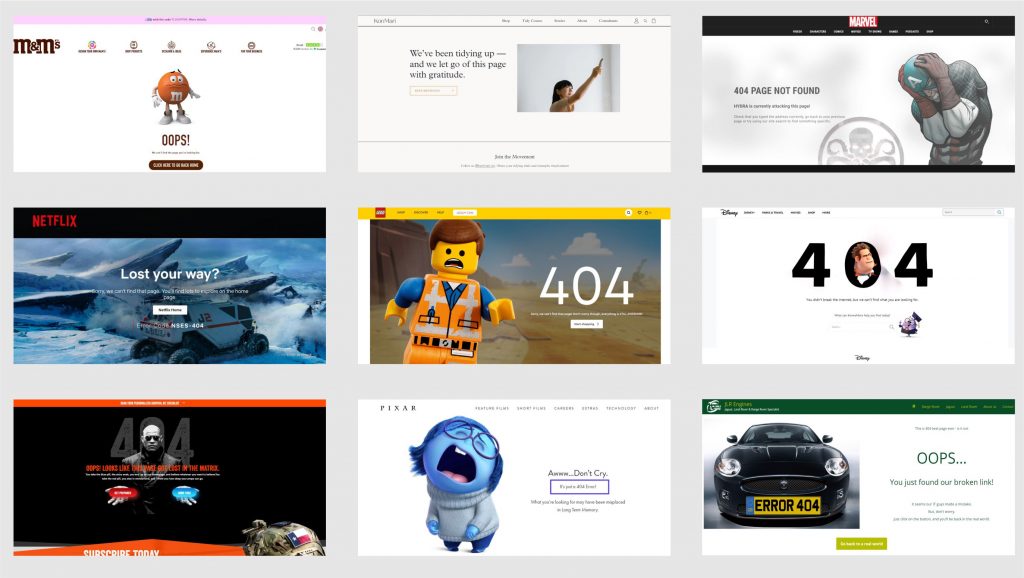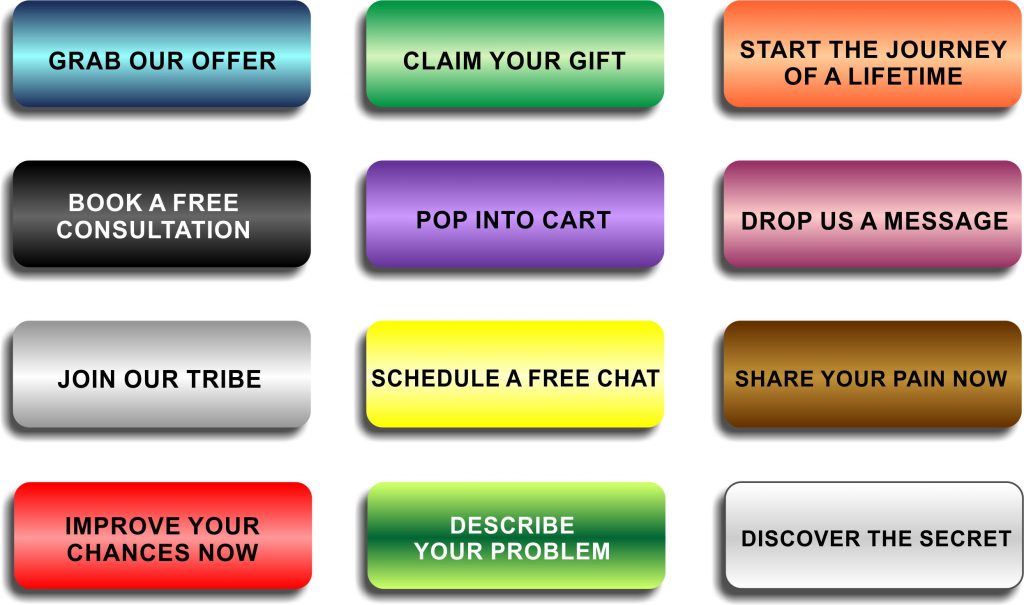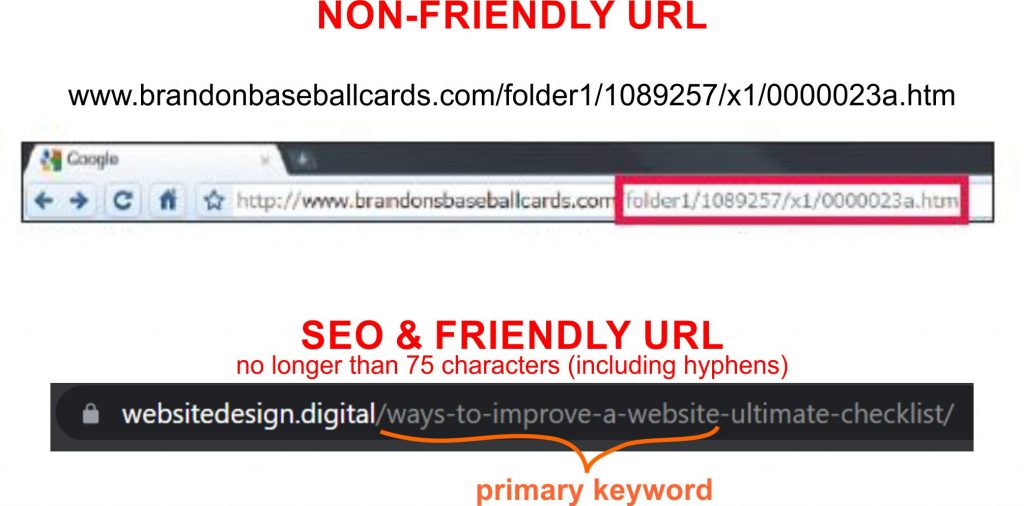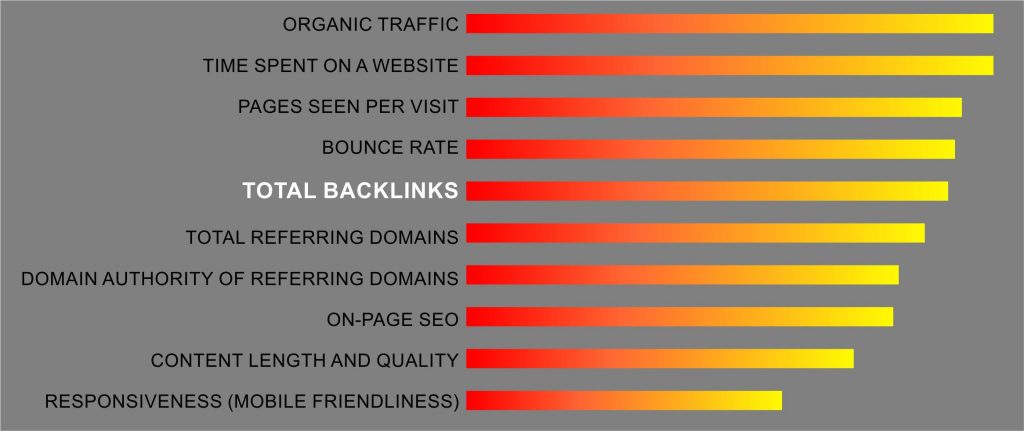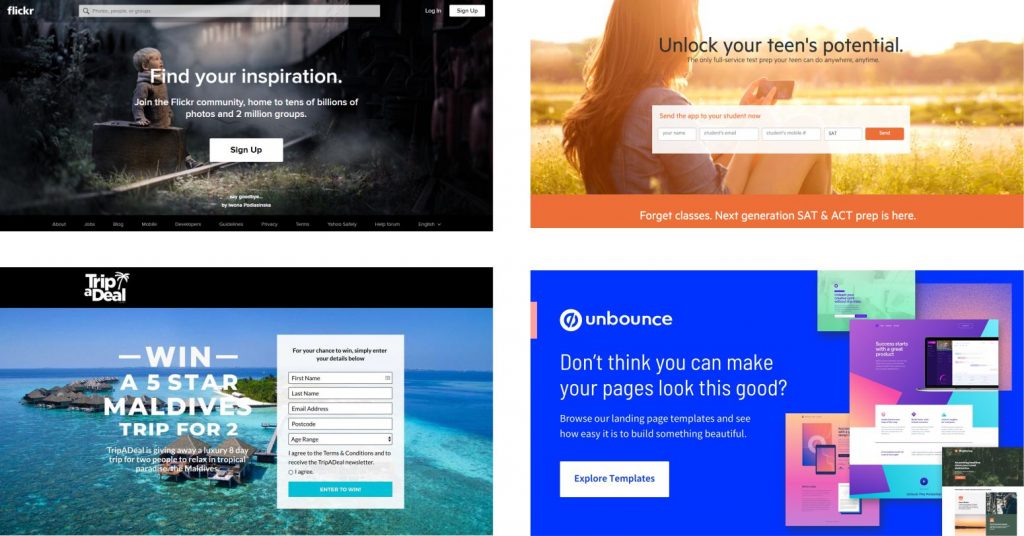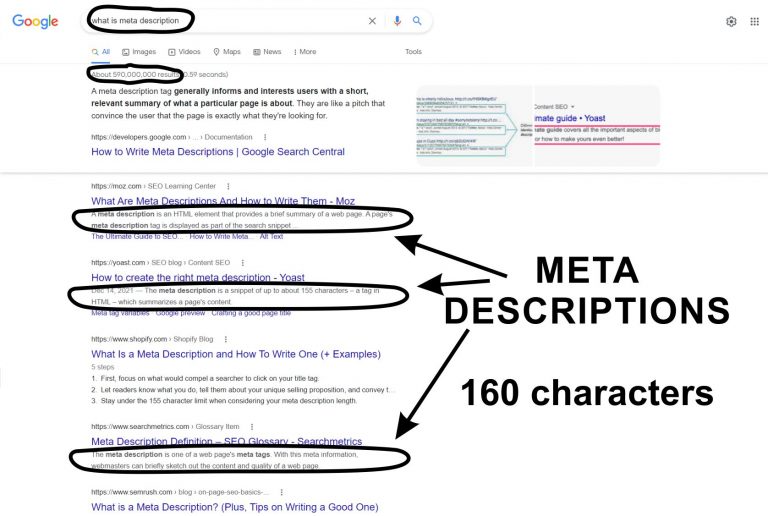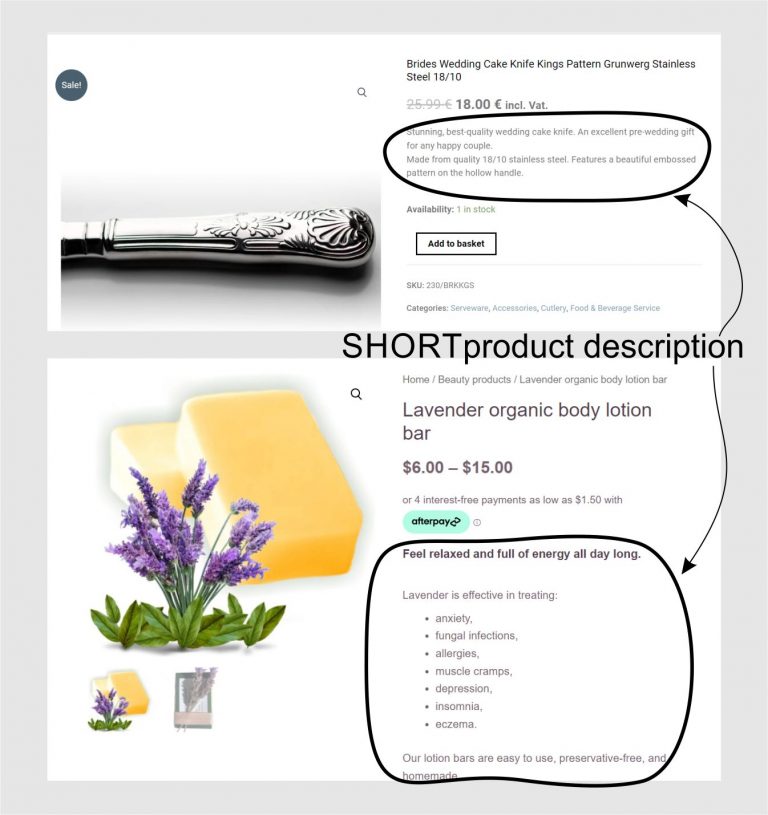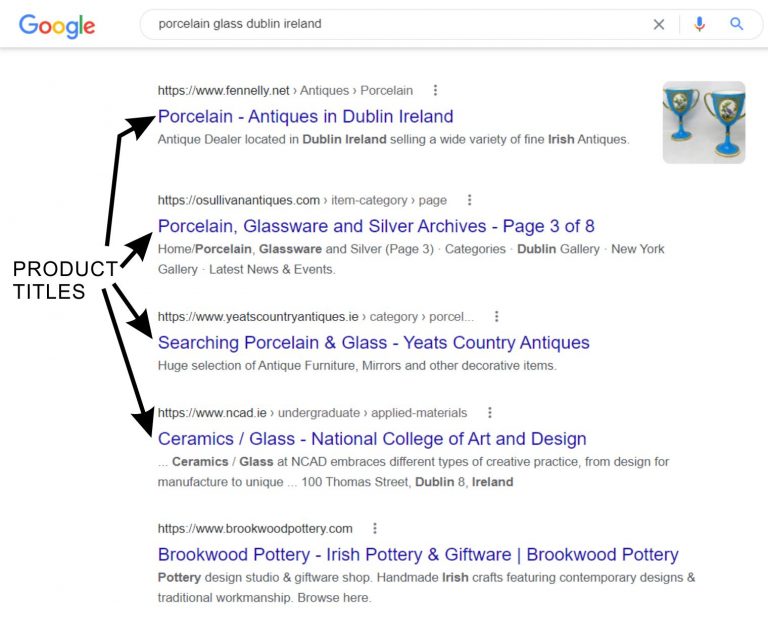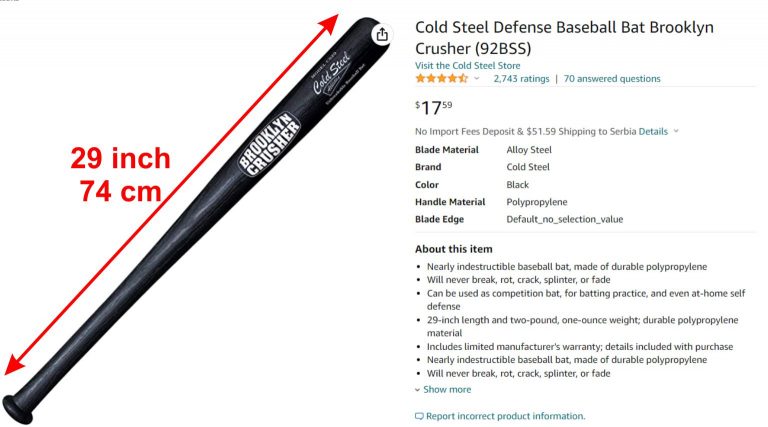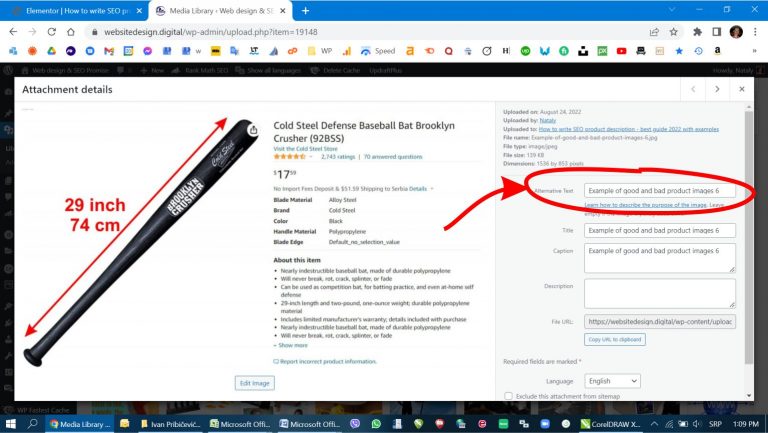Link-Building Strategies – 5 Amazing Benefits To Improve Your SEO
Is your web page struggling with Google ranking? Does it never show up on the first page of Google? Have you previously tried some link-building strategies, but it seemed nothing worked? Here, our focus is on link-building, an irreplaceable component of SEO that hugely impacts website Google rankings and visibility. You’ll learn about the types and how they improve rankings, boost website traffic, establish brand authority, generate referral traffic, and improve social media visibility.
Additionally, the article offers step-by-step instructions for initiating link-building, which include identifying your target audience, creating high-quality content, reaching out to relevant websites for backlinks, leveraging social media, and monitoring your strategy.
Link-Building Strategies

What is Link-Building?
Google algorithms interpret backlinks as signals of trust and relevance, as they indicate that other websites find your content valuable enough to reference. It results in improved search result positions and increased organic traffic. Various link-building strategies, such as guest posting, broken link-building, and industry influencer outreach, are employed to strategically acquire high-quality backlinks to support SEO endeavors.
Why is Link-Building Important for SEO?
❗Link-building increases a website’s domain rating, DR, Google ranking, and organic traffic.
What are the Different Types of Link-Building?
There are three main types of link-building strategies:
- External link-building – acquiring links from other websites that direct back to your site, ultimately increasing your site’s authority and credibility.
- Guest posting – writing articles published on external websites that include a link back to your site.
- Broken link-building focuses on finding links from external websites that lead to 404 errors and replacing them with links to your site.
Resource page link-building requires identifying resource pages on other websites covering topics related to your content and requesting an added link to your site.
Internal linking is about building links between different pages of your site to improve navigation and user experience.
Outreach strategies require you to contact and collaborate with the owners of related websites or blogs to share content and acquire backlinks. A diverse link profile incorporating all strategies is important for higher Google rankings and site visibility.

Benefit 1: Improves Google Rankings
How does Link-Building Affect Google Rankings?
Google algorithms assess a site’s relevance and authority based on factors such as anchor text and the relevance of backlinks pointing to the site. Anchor text is important in link-building algorithms as it offers Google context regarding the linked page’s content.
Descriptive and relevant anchor text signals to Google the content of your page, improving its visibility for relevant keywords. When backlinks originate from authoritative and relevant domains within the same niche, the site is more likely to be recognized as a trusted source.
To optimize link-building strategies for top ranking, acquire backlinks from high-quality, relevant websites and confirm that anchor text incorporates a wide range of terms naturally relevant to your content.
Benefit 2: Increases Website Traffic
Reputable links leading back to your website from other high-quality sources improve organic visits to your site.
How does Link-Building Drive Traffic to Your Website?
One of the most vital strategies for acquiring links is building relationships within your community. Engaging with influencers and industry experts and establishing relationships with them lead to natural backlinks to your site.
❗How to Step:
Utilize social media platforms to share content and connect with potential link partners who may be interested in linking to your content. Create high-quality, valuable content such as guides, studies, and informative or engaging pieces to attract inbound links.
Write guest posts for other websites and participate in link exchanges, where you link to another site in return for a link back to yours to passively improve your site’s link profile and drive more traffic.

Benefit 3: Builds Brand Authority and Credibility
High-quality backlinks from reputable websites promote a brand’s reputation and visibility within its industry.
How does Link-Building Establish Brand Authority?
Establishing brand authority through link-building means creating a diverse link profile that includes high-quality backlinks from various authoritative domains. A diverse link profile boosts the online visibility and credibility of your brand.
High-quality backlinks serve as an endorsement for your content, improving its reputation and attracting more organic traffic.
Effective link-building strategies are:
- Guest posting on industry-related websites,
- Nurturing relationships with influencers,
- Creating shareable content,
- Strengthening brand authority.
Benefit 4: Generates Referral Traffic
Visitors to authoritative websites may click on links and visit the linked website, thus creating referral traffic.
What is Referral Traffic and How Do Link-Building Strategies Help?
Referral traffic refers to visitors who access your website via hyperlinks on other websites.
The quality and relevance of the links determine how frequently people will click through to your site, thereby increasing the amount of referral traffic.
❗To improve your link-building strategies and attract high-value referral traffic:
- Create link-worthy content,
- Engage with influencers to encourage them to link to your content,
- Regularly analyze referral traffic data,
- Identify the most effective sources of visitor traffic.
Benefit 5: Increases Social Media Visibility
A range of outreach methods are used for link-building strategies to improve social media visibility.
How does Link-Building Impact Social Media Visibility?
Link-building impacts social media visibility. When conducting link outreach to social media influencers, the key is to establish genuine relationships and offer mutual benefits. Collaborating with influencers who resonate with your brand’s values and target audience allows you to leverage their credibility and reach to amplify your content.
For successful link-building strategies on social media, high-quality and relevant content that provides value to both the influencer and their followers is necessary.

How to Get Started with Link-Building Strategies
1. Identify Your Target Audience
The first step in effective link-building is identifying your target audience. Understanding your target audience allows you to tailor your link-building strategies to attract the right visitors to your website. Through thorough research and analysis, you will uncover the demographics, behaviors, and preferences of your target audience.
2. Create High-Quality Content
High-quality content serves as the foundation of successful link-building. Tailoring content to resonate with the target audience and addressing their needs and interests fosters a loyal following that is shared and linked to the content. Maintain consistency in publishing high-quality content. Establish credibility and authority within the industry.
3. Reach Out to Relevant Websites for Backlinks
Contacting websites for backlinks is an important aspect of link-building strategies, requiring personalized outreach and link-building analysis to secure valuable backlinks. Crafting effective outreach emails is necessary for establishing a strong initial rapport with webmasters (site owners).
❗Here are the steps that bring us success when reaching out to other Web Masters:
- Address the recipient by their name, a formal and friendly approach goes a long way,
- Introduce yourself,
- Present your website or content,
- Underline the potential for mutual benefits, such as increased traffic and credibility.
- Target high DR sites relevant to your niche.
- Prioritize quality over quantity, as a few high-quality links hold more value than numerous low-quality ones.
- Evaluate the efficacy of your outreach endeavors and then fine-tune your strategy.
- Concentrate on cultivating valuable relationships that foster long-term success in link-building.
4. Monitor and Analyze Your Link-Building Strategies
Monitor and analyze your link-building strategies efforts to measure the ROI and evaluate the effectiveness of your strategy. Regular monitoring allows you to assess the performance of your backlinks, identify which links are driving traffic and conversions, and improve your website’s authority.
Analyze key metrics such as referral traffic, DR of linking sites, anchor text diversity, and link placement to pinpoint strengths and weaknesses in your strategy. Be constant and consistent, and success is guaranteed.
All of the steps we have mentioned and suggestions we have placed require precision, practice, and time to achieve right. Studies show that reaching out to an SEO expert, even for advice, results in a substantial increase in click-through rates and customer visits.
The button will redirect you to the Upwork freelance platform, where you can schedule 30-minute consultations for $30 or 1-hour consultations for $60.

Frequently Asked Questions
What is link-building, and why is it important for my website?
Link-building is the process of getting other websites to link to your website. It improves your website’s Google rankings and drives more traffic to your site.
What are the five benefits of link-building Strategies?
The five benefits of link-building strategies are increased website traffic, improved Google ranking, increased brand visibility, higher domain authority, and increased referral traffic from other websites.
How does link-building increase website traffic?
The more backlinks you have, the higher the website’s DR. The higher the DR, the higher the ranking. Since 95% of all internet traffic happens on the first page, you are invisible if you are not there.
Will link-building really improve my Google ranking?
When other reputable websites link to your site, it signals to Google that your site is credible and trustworthy, which improves the ranking.
Is link-building only beneficial for Google rankings?
No, link-building also has the benefit of increasing referral traffic from other websites. When other websites link to your site, it creates a pathway for their visitors to click on the link and visit your site, which results in increased traffic and potential customers.
Link-Building Strategies – 5 Amazing Benefits To Improve Your SEO Read More »

































